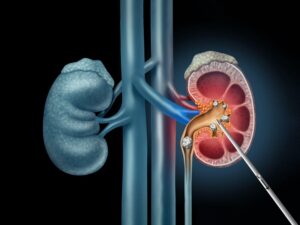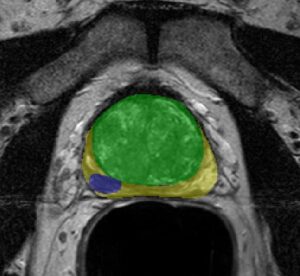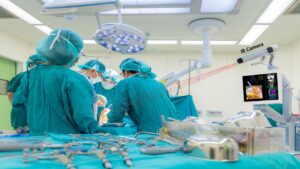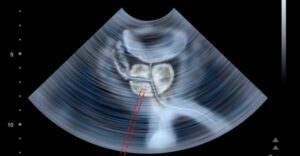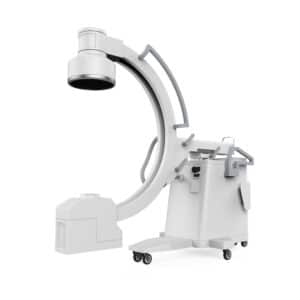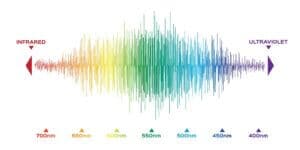Many vision-based inspection systems are nowadays integrated into the production lines of industrial materials. Camera-based scanning can already be found replacing human inspection in in-line production lines such as in steel, leather and fabrics manufacturing. The importance of inspection to product quality is great, since defects can significantly reduce process (for instance, in fabrics by as much as 60%). In textile production, in-line inspection is a slow process owing to the slow roll of the fabric out of the weaving machine (3-8 m/min), rendering human inspector not cost effective. On the other hand, vision-based inspection can spare the human labor in this slow process, with the benefit of avoiding human fatigue and errors in the detection of novelties and defects.
Many manufactured fabrics do not necessarily have predefined and structured surfaces. The geometrical pattern, as seen in a close-up view, can take on many shapes which resemble stretch marks, scratches, and tears. For such non-structured surfaces, detection methods based on geometrical features are hard to apply; thus, fabric inspection is better accomplished via textural analysis, based on frequency domain characterization of the surface.
Many manufactured fabrics do not necessarily have predefined and structured surfaces. The geometrical pattern, as seen in a close-up view, can take on many shapes which resemble stretch marks, scratches, and tears. For such non-structured surfaces, detection methods based on geometrical features are hard to apply; thus, fabric inspection is better accomplished via textural analysis, based on frequency domain characterization of the surface.

The characterization of a texture in the frequency domain is often done by utilizing techniques based on wavelets, Gabor filters or Fourier analysis. The frequency domain is less sensitive to noises in the acquisition process, hence beneficial over spatial analysis of texture like the co-occurrence matrix analysis. Frequency domain analysis allows one to discover strong geometrical features and periodic pattern of the spatial domain. These patterns can be filtered out in the frequency domain; and upon transformation back to the image domain, what remains is an image, the main features of which are: deviations from local pattern and texture, anomalies and defects.
A careful analysis must be made in the frequency domain to be able to distinguish local patterns from anomalies. In the frequency domain, the information about the repetitive pattern, if it exists, should typically concentrate in one region of the Fourier spectrum, while anomalies are clustered in another. The problem of finding anomalies in our fabric inspection process is thus reduced to one of clustering the Fourier spectrum into frequencies of structured patterns and other frequencies carrying information of defects.
Both for textured and non-textured surfaces and fabrics, frequency domain analysis needs to be fine-tuned in order to capture the texture characteristics specific to each manufactured product. For this end, real computer vision experts are needed. With deep understanding of image structure, spectral analysis and manufacturing processes, RSIP Vision can construct the inspection algorithms which best fit your production line. Our algorithms have been successfully integrated in industrial applications for over two decades.
A careful analysis must be made in the frequency domain to be able to distinguish local patterns from anomalies. In the frequency domain, the information about the repetitive pattern, if it exists, should typically concentrate in one region of the Fourier spectrum, while anomalies are clustered in another. The problem of finding anomalies in our fabric inspection process is thus reduced to one of clustering the Fourier spectrum into frequencies of structured patterns and other frequencies carrying information of defects.
Both for textured and non-textured surfaces and fabrics, frequency domain analysis needs to be fine-tuned in order to capture the texture characteristics specific to each manufactured product. For this end, real computer vision experts are needed. With deep understanding of image structure, spectral analysis and manufacturing processes, RSIP Vision can construct the inspection algorithms which best fit your production line. Our algorithms have been successfully integrated in industrial applications for over two decades.

